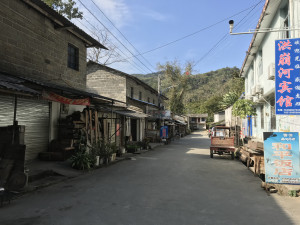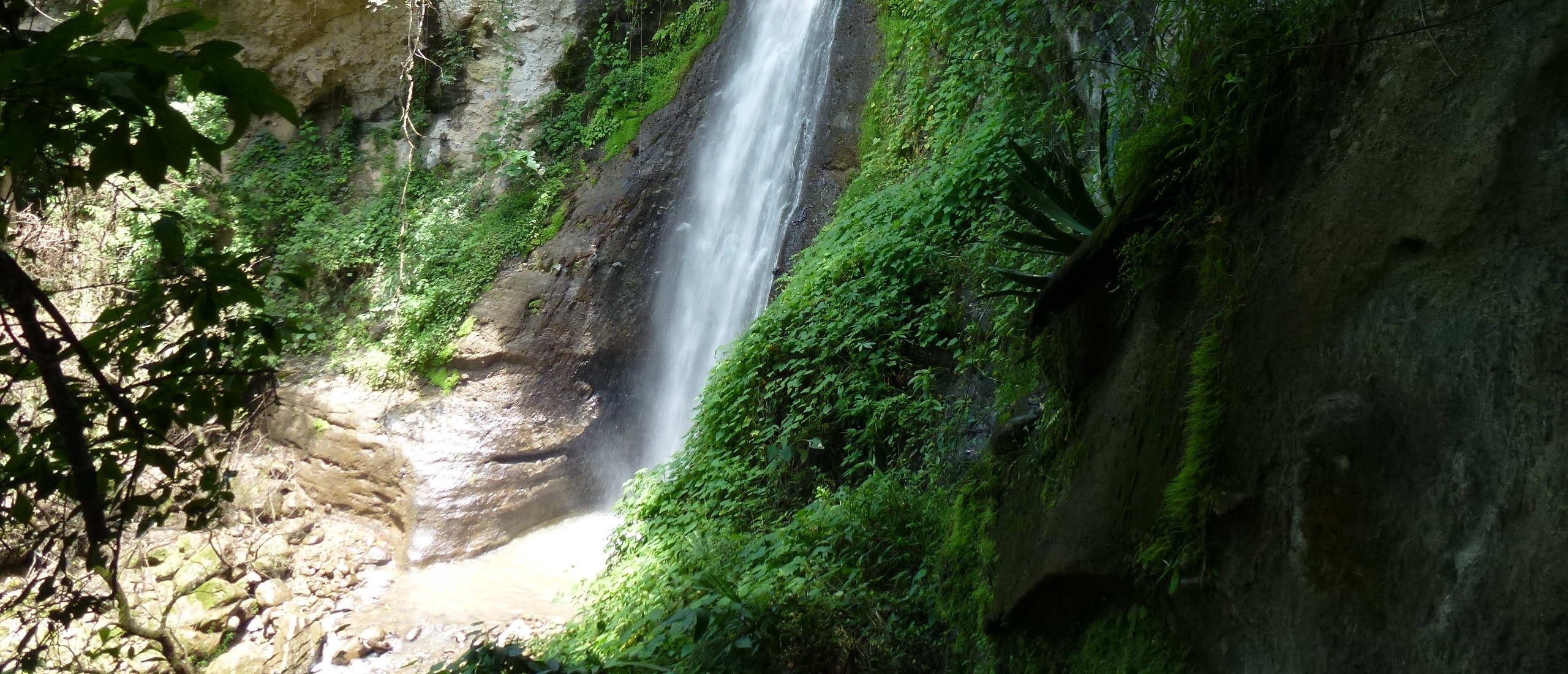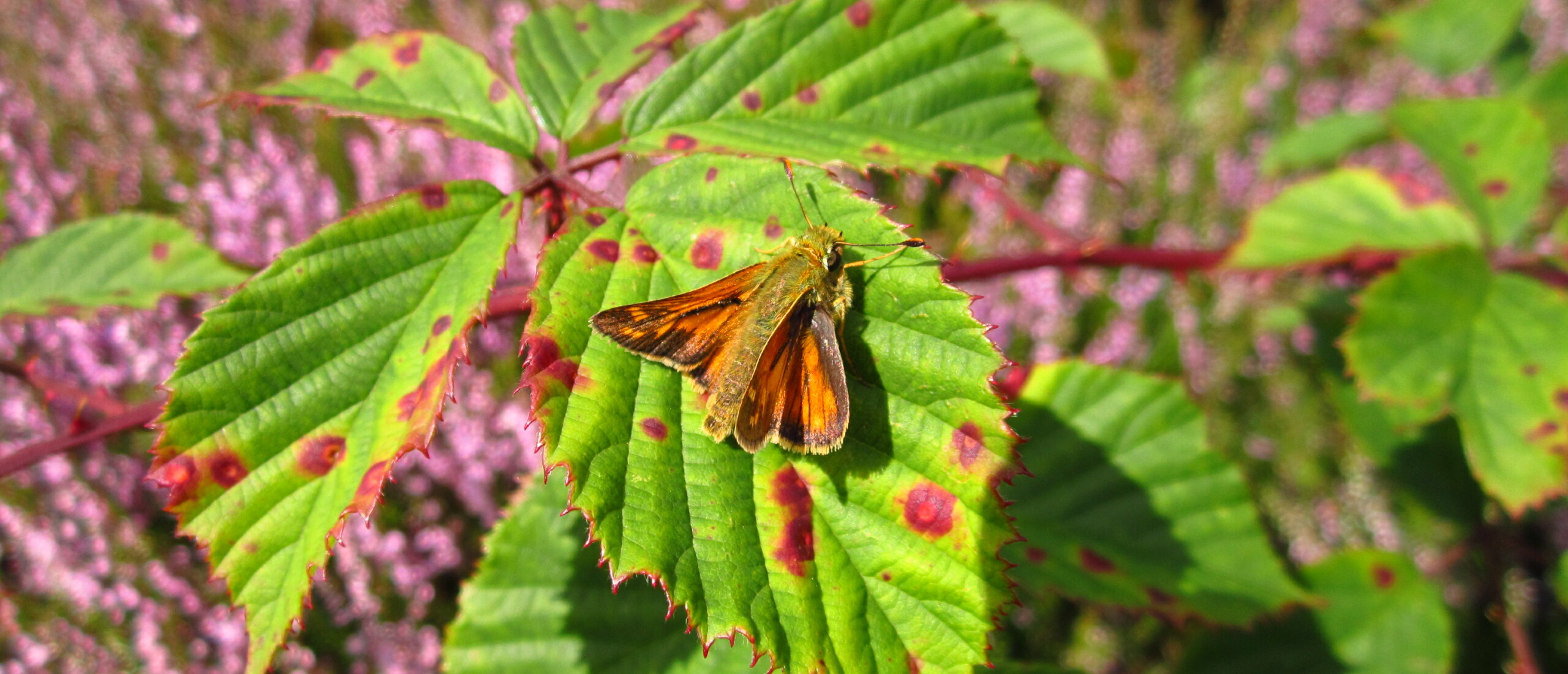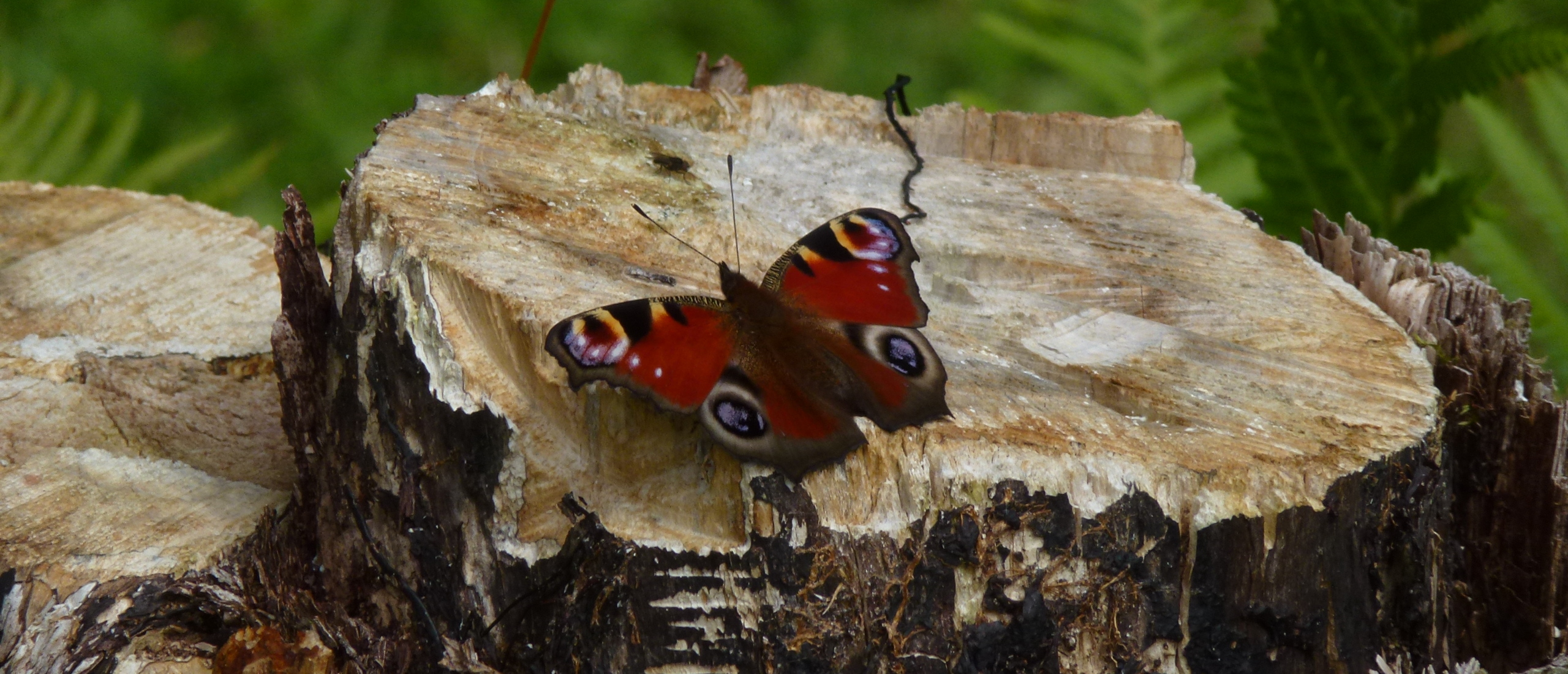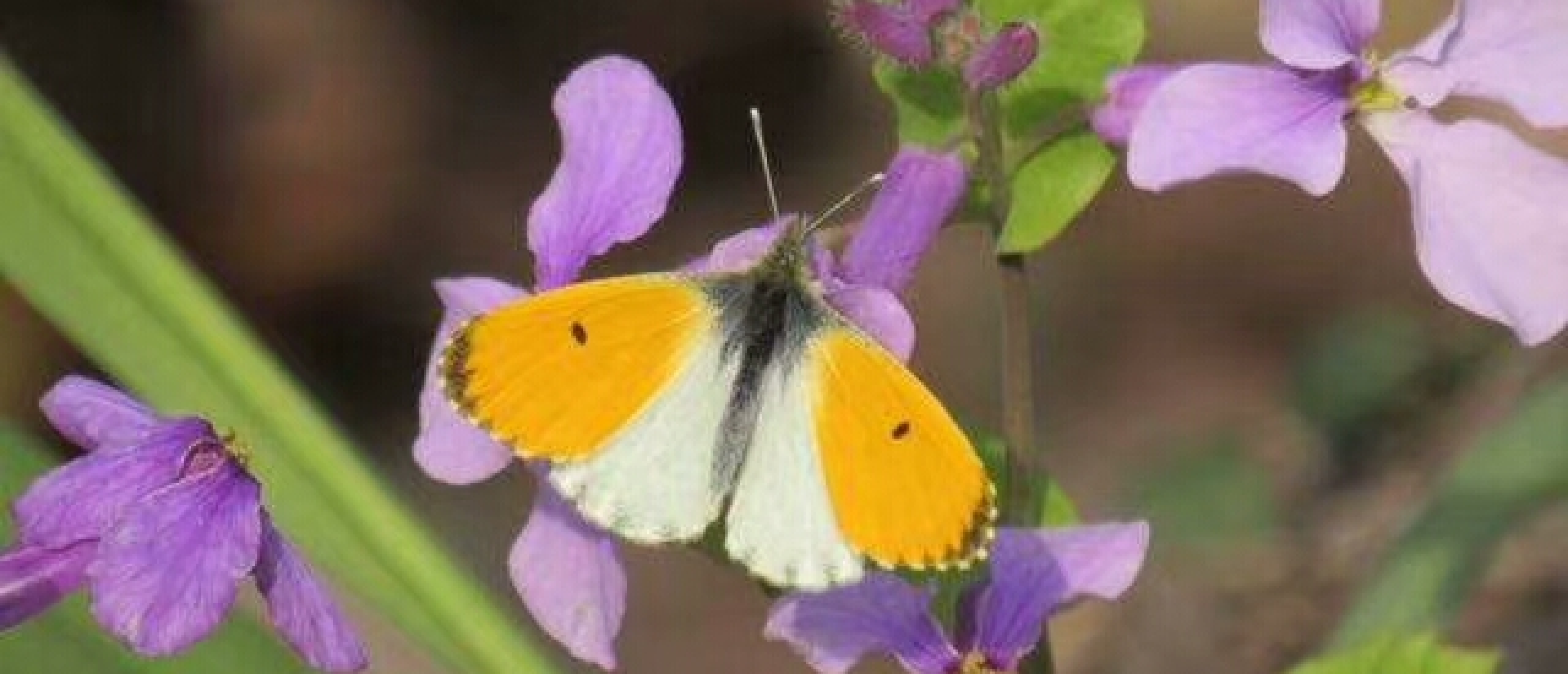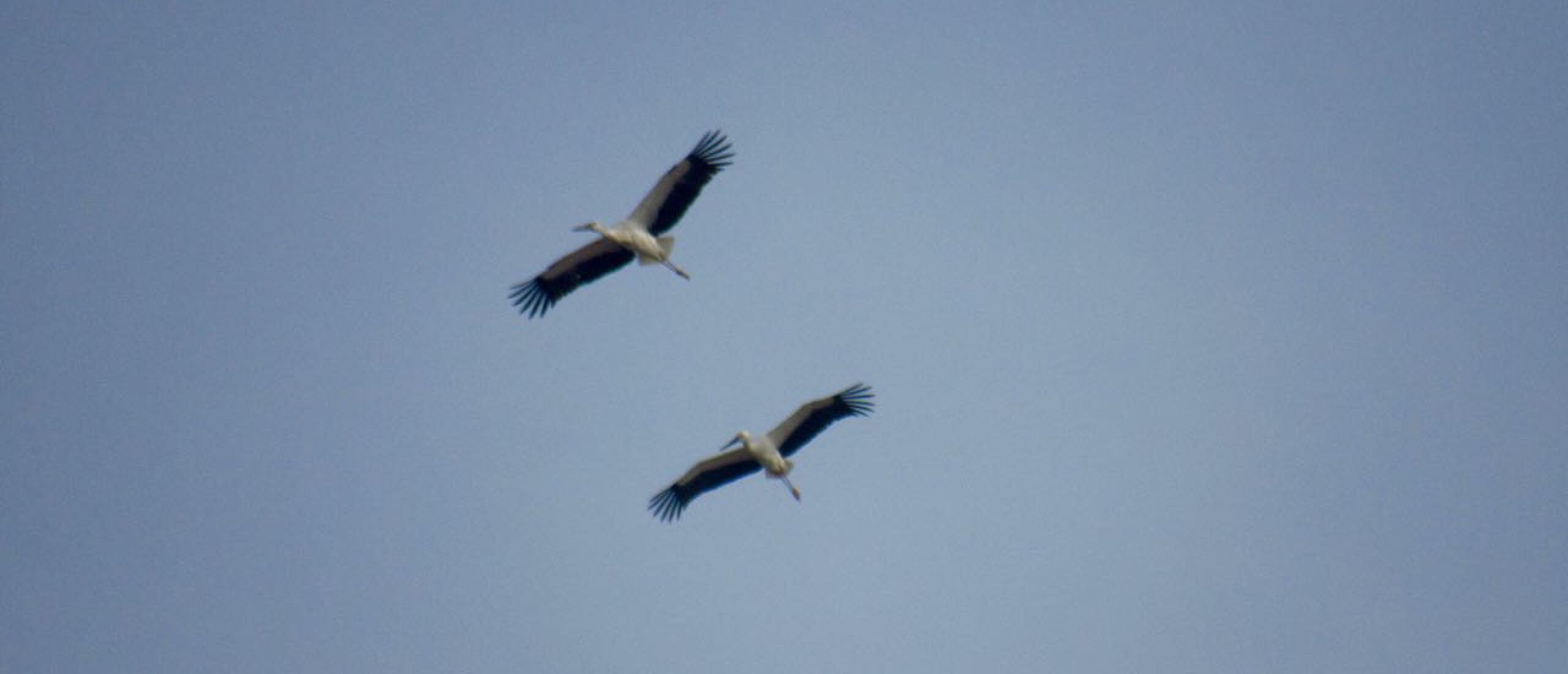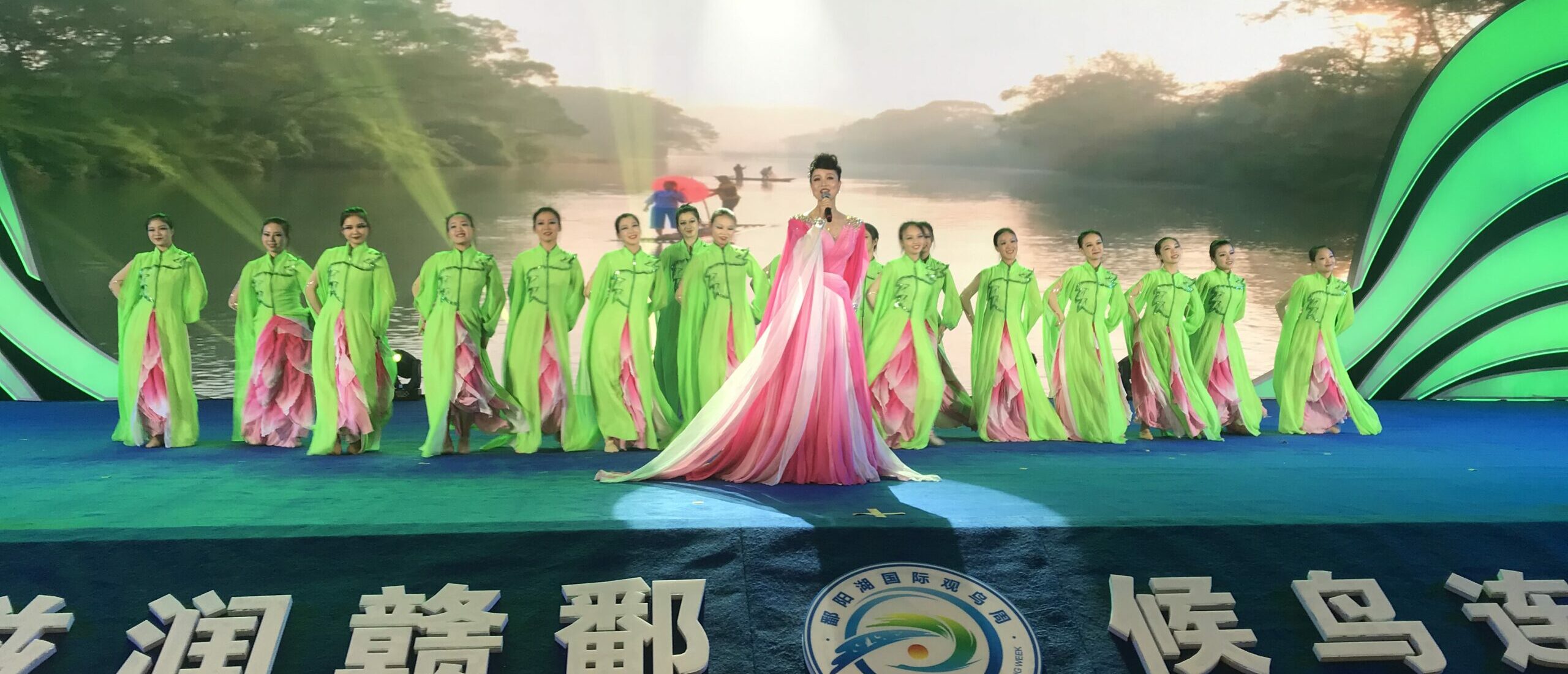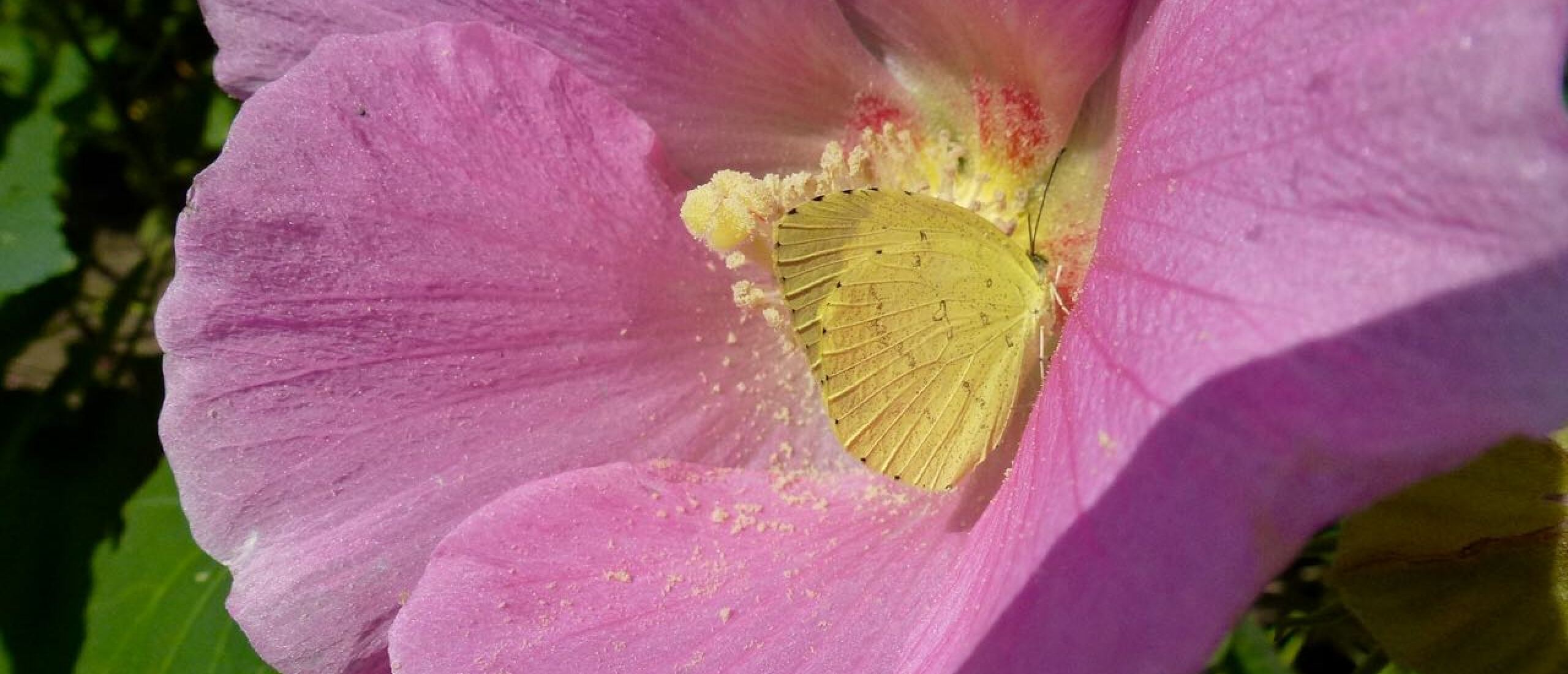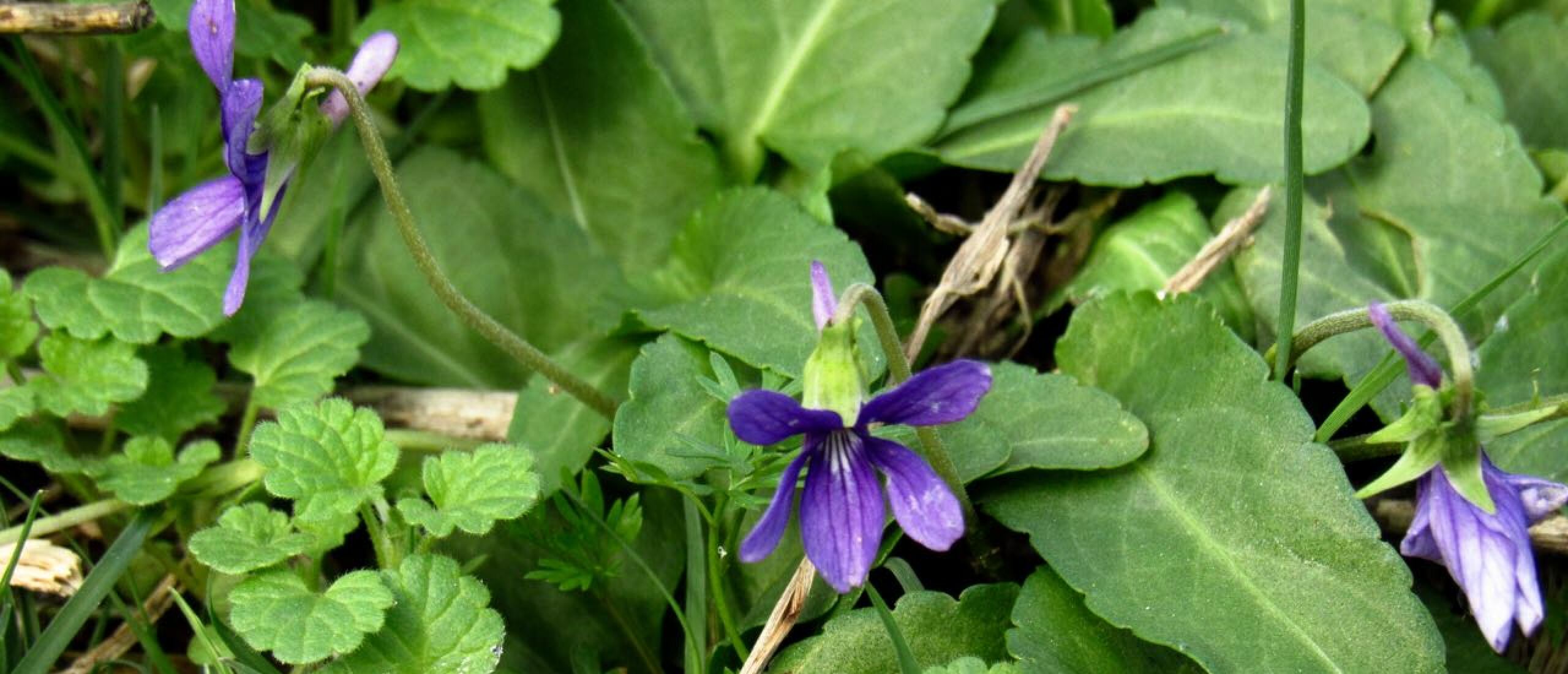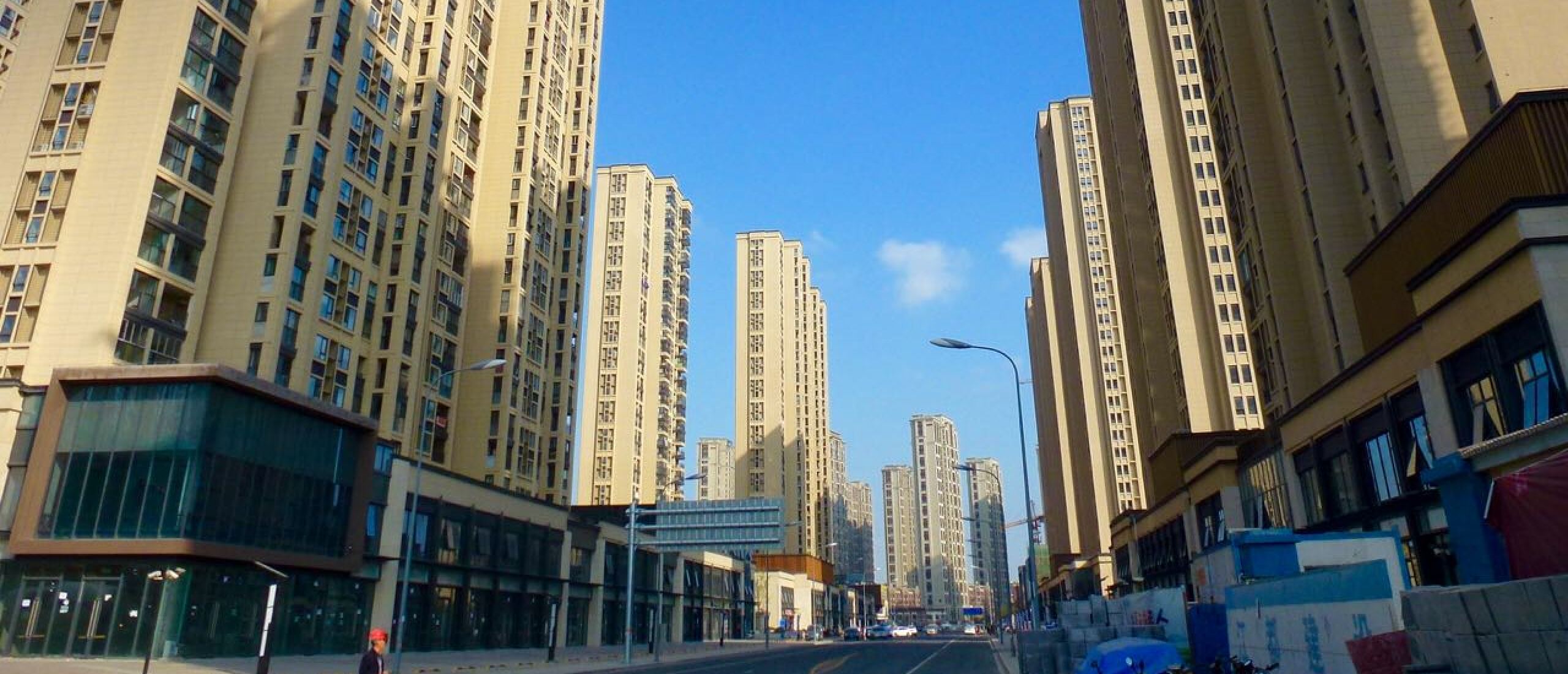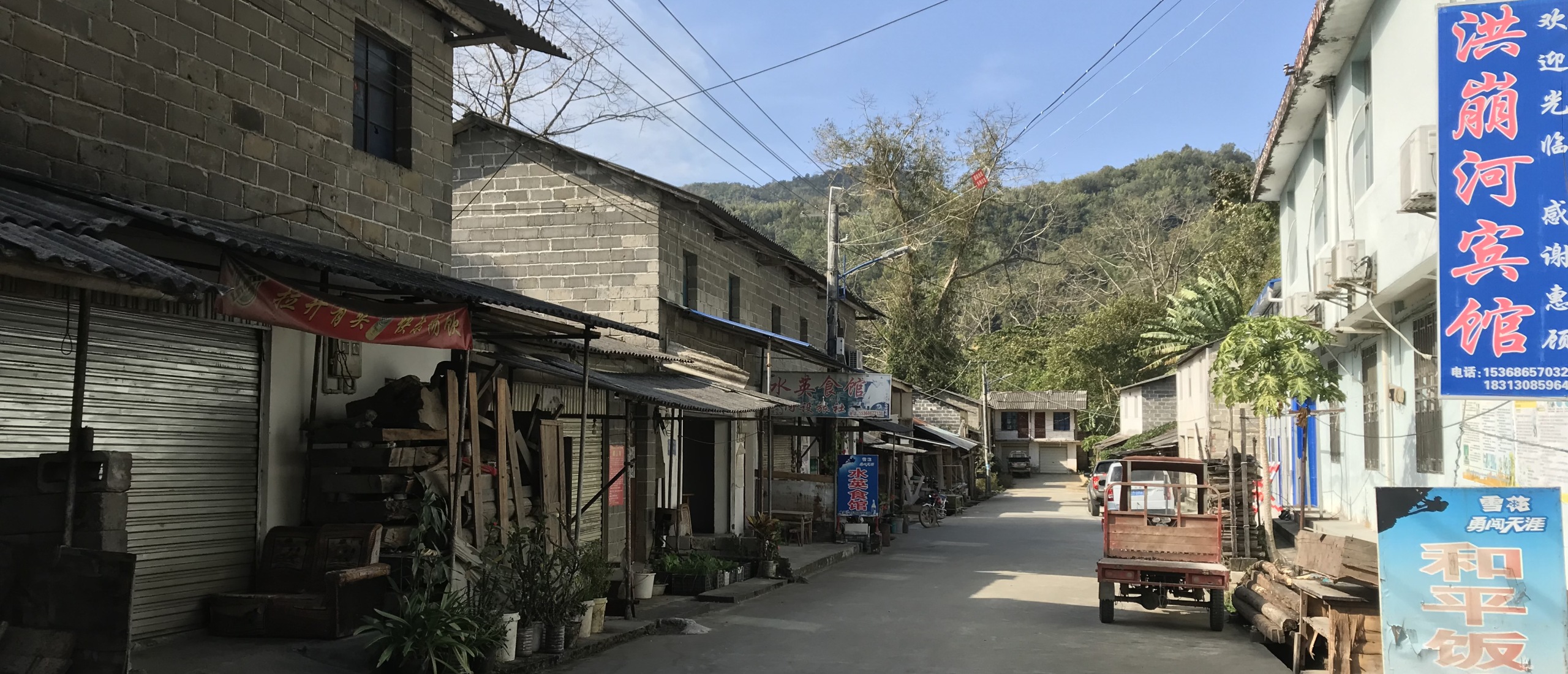
An inspiring ecotourism project in Yunnan In December 2019, just before the Covid crisis, I flew from Shanghai to a remote corner of south-western China, for a week of intensive birding in the Yingjiang area, right up against the border with Myanmar/Burma.
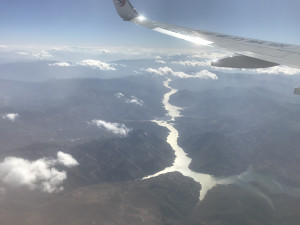 A view of one of the great rivers of Yunnan from the air
A view of one of the great rivers of Yunnan from the air
I was picked up at Tengchong airport by my guide, Du Yinlei, who does not speak any English, but who knows the birds well and who had been recommended to me by two of my birdwatching friends. He did not disappoint, and given the chance, I would certainly bird with him again. Indeed, if visas for China become easy to obtain in the future, and I am working as a tour organiser, I would love to lead a group to this fascinating area, with Du Yinlei as our local guide and ground agent. I will not give a full blow-by-blow account of the entire trip, but I would like to highlight an extraordinarily far-sighted ecotourism project in this area, which brings benefits to both local communities and birds.
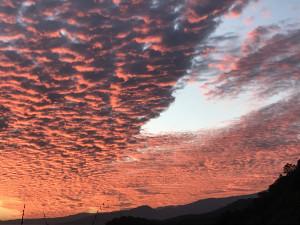 An extraordinarily beautiful evening sky welcomed me to Yunnan
An extraordinarily beautiful evening sky welcomed me to Yunnan
One of the trends in the Chinese birding world is that bird photography has become remarkably popular, and wealthy city-dwelling enthusiasts have bought expensive camera gear, and now devote themselves to travelling around China in search of ever better pictures of rare and in some cases spectacular birds. Although there is something of a rift between the “true”, more traditional bird-watchers and these camera-wallahs (partly because some of the photographers are inclined to leave piles of plastic trash wherever they set up their tripods, a habit which I personally find extraordinary as surely they themselves do not want to take pictures of birds among trash and rubbish, but partly also out of some sort of rivalry), the effects of this trend have certainly brought benefits to the birds.
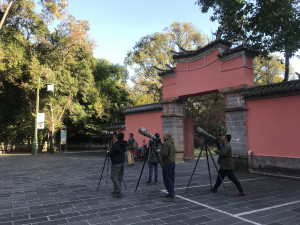 Bird photography is growing in popularity in China
Bird photography is growing in popularity in China
To cater for these photographers, a network of bird hides with pools and feeders has been set up, and the photographers pay an hourly or a daily fee to sit in these hides, which are manned by locals who keep the feeders stocked with food, venturing out when the mealworms or other delicacies have run out. As they restock the holes in the branches with wriggling bait, they whistle, which signals to the birds that more snacks have arrived. No sooner has the guard returned to the hide, than the birds hop or swoop back into view, and a barrage of machinegun-like rapid exposures are taken.
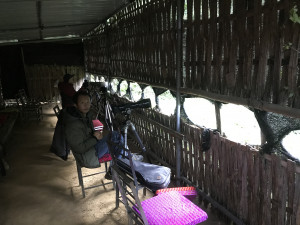 Bird photography is growing in popularity in China x
Bird photography is growing in popularity in China x
Although this type of bird observation might not be to everyone’s taste, in this area of south-western China, previously poverty-stricken communities have literally been lifted out of their previously poor existences by the money that the photographers bring into the villages.
The particular area we visited is known as Hornbill Valley as it hosts no less that three species of hornbill, which have virtually disappeared in other parts of China due to the twin threats of the felling of the tall trees that they nest in holes in, and persecution (the casques of these spectacular birds are carved into intricate and expensive decorative trinkets), but here they are protected as a source of income for the villagers, as they are the flagship species that attract the photographers to the area. Ironically, none showed during my visit.
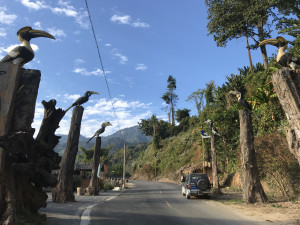 The approach to Hornbill Valley leaves one in no doubt as to which birds are the stars here
The approach to Hornbill Valley leaves one in no doubt as to which birds are the stars here
Centred around the unfortunately named village of Shiti, numerous steep tracks lead to the hides, each of which can accommodate between five and ten photographers. Low seats are laid on, and in some cases snacks are available for sale. The photographers pay the 60RMB fee, and sit down behind their cameras, huge lenses (mostly 500mm) and tripods with fluid heads, and wait. Some smoke and chat rather noisily, but eventually the birds appear, and then the atmosphere becomes electric with anticipation as to what will appear next.
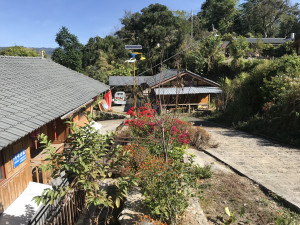 Shiti village consists of attractive houses provided by the government
Shiti village consists of attractive houses provided by the government
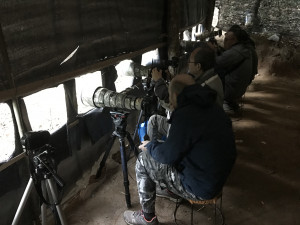 The photographers sit and wait
The photographers sit and wait
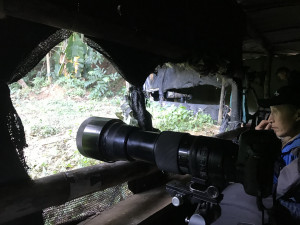 Long lenses are de rigueur here
Long lenses are de rigueur here
[/caption] This project is, in my view, “ecotourism” at its very best. Many of these local people now manning the hides would otherwise have trapped these birds either for food or to sell as cagebirds, but now instead they protect them. In addition, the birds’ habitat is preserved, and the villagers take pride in their wildlife. This is truly a win-win situation for all concerned. I think this model is one that could be exported to other poor regions of the World, and I hope that other regions will take it up as a way of boosting tourism and protecting their environment at the same time.
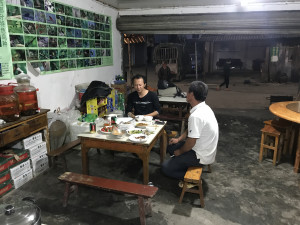 The local restaurants are decorated with posters of bird photographs
The local restaurants are decorated with posters of bird photographs
 The tall trees contain the hornbills' nests, and the project favours their protection
The tall trees contain the hornbills' nests, and the project favours their protection



